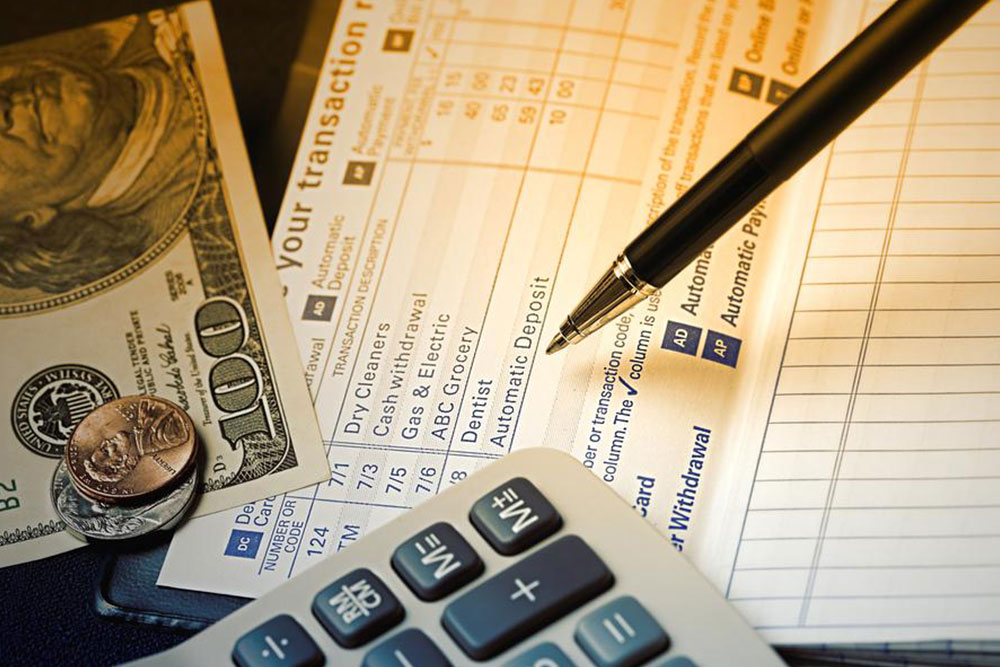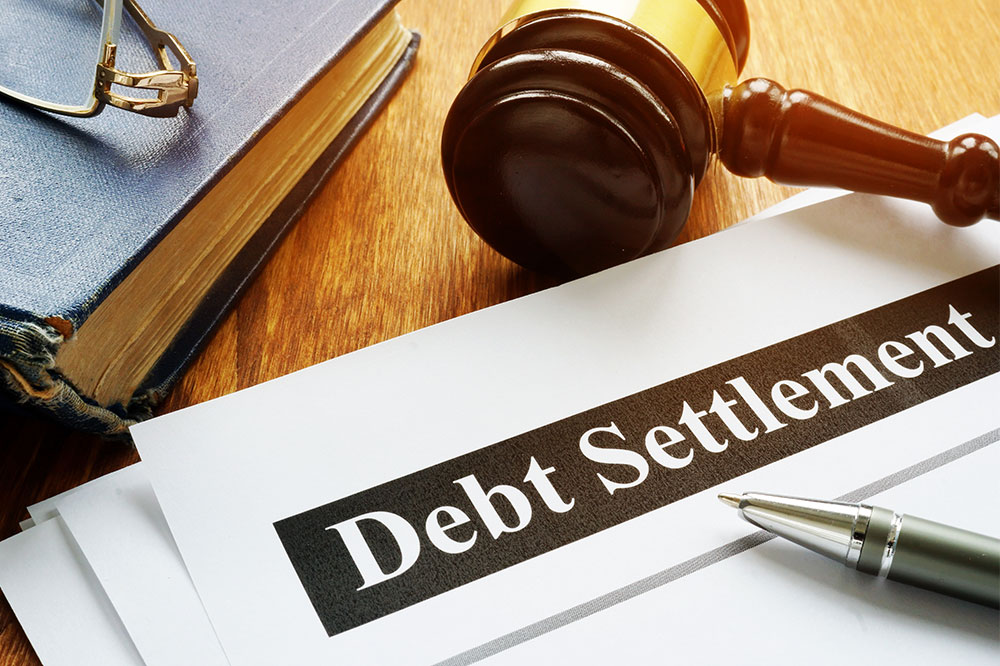Comprehensive Guide to Rebuilding Your Finances with Second Chance Checking Accounts
This detailed guide explores how second chance checking accounts help individuals rebuild their financial reputation after banking issues. It covers account features, application steps, responsible management tips, and how to transition to regular accounts. Designed for those recovering from banking setbacks, this article provides actionable advice to regain financial stability and trust, emphasizing responsible account use and long-term benefits.

Comprehensive Guide to Rebuilding Your Finances with Second Chance Checking Accounts
Regaining financial stability after previous banking setbacks can be a daunting task. If you have experienced account closures, loan rejections, or other banking issues due to past mistakes, you might feel discouraged about opening new accounts or managing your finances effectively. However, there is a solution designed specifically for individuals with less-than-ideal banking histories: second chance checking accounts. These specialized accounts offer a pathway to re-establish your financial credibility, helping you regain control of your cash flow and work towards better financial opportunities.
Second chance checking accounts provide an accessible alternative for those who might be considered high-risk by traditional banking standards. Unlike standard checking accounts that often come with strict approval criteria, these accounts are tailored to individuals rebuilding their financial standing. They serve as a stepping stone, allowing you to develop responsible banking habits and rebuild trust with financial institutions over time.
While second chance checking accounts operate similarly to regular checking accounts, they often involve some specific terms, such as monthly fees—typically ranging from $10 to $20—and certain restrictions, which may include minimum balance requirements or limitations on debit card usage and transaction frequency. Many banks impose these restrictions to mitigate risk, but these accounts are designed to be accessible to customers with previous financial missteps. Some banks may also require customers to complete financial literacy or budgeting courses to qualify, further supporting responsible financial behavior.
Having a second chance account enables you to perform essential banking functions, including paying bills, making deposits, and withdrawing cash comfortably. Consistently managing your account responsibly—such as making timely payments, avoiding overdrafts, and maintaining positive balance habits—can gradually enhance your banking reputation. This effort may eventually lead to the possibility of transitioning to a regular checking account, often with fewer restrictions and lower or no fees. Some banks facilitate this transition automatically once they observe a history of responsible account management, while others may require you to request the upgrade explicitly.
Starting the process to open a second chance checking account involves scheduling an appointment with your current bank or a financial institution that offers such accounts. During your visit, clearly express your intention to rebuild your financial standing and inquire about the eligibility criteria. Be prepared to fill out necessary forms and provide identification documents. It’s important to understand all associated fees, account restrictions, and commitments before proceeding, so you can manage your expectations and responsibilities effectively.
Demonstrating consistent, responsible use of your second chance account will play a crucial role in rebuilding trust with your bank. Regularly monitoring your account activity, avoiding overdrafts, and making timely payments will help you establish a positive banking history. Over time, successful account management may lead to the opportunity to transition into a standard checking account, which often comes with benefits like waived fees or free banking services. This transition signifies a new chapter in your financial journey, allowing you to enjoy more flexible banking options and better creditworthiness, ultimately paving the way for improved financial stability and growth.
In conclusion, second chance checking accounts are an excellent resource for individuals seeking to rebuild their financial reputations after setbacks. By responsibly managing these accounts and understanding their terms, you can regain control of your finances and work towards achieving long-term financial goals. Whether you are recovering from past banking issues or just starting to establish your financial identity, these accounts offer a structured and supportive environment to help you move forward towards a more secure financial future.





